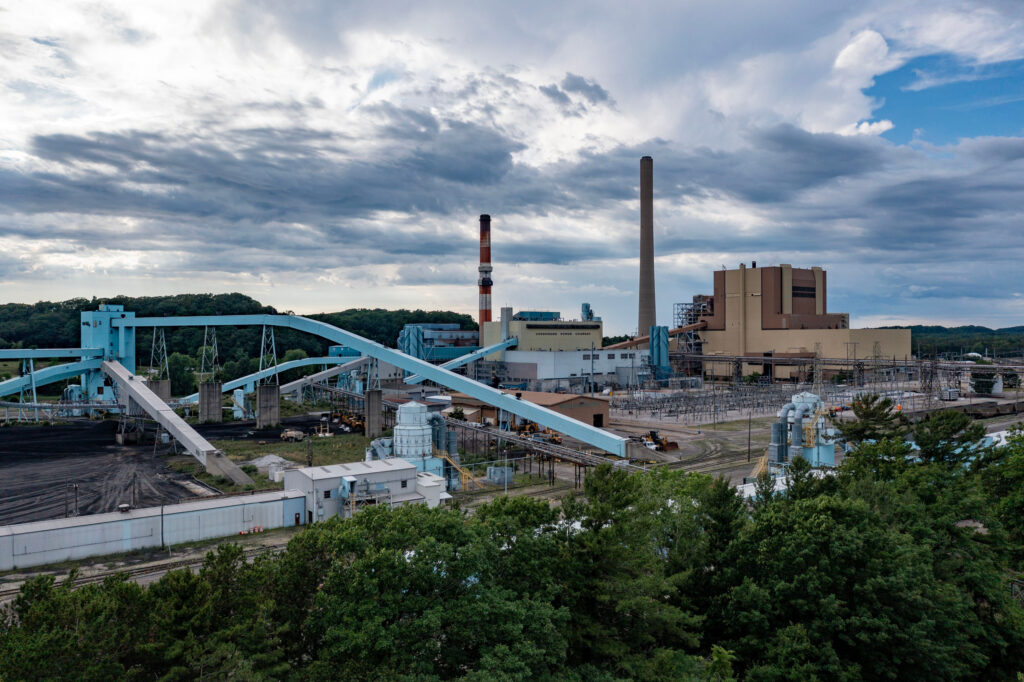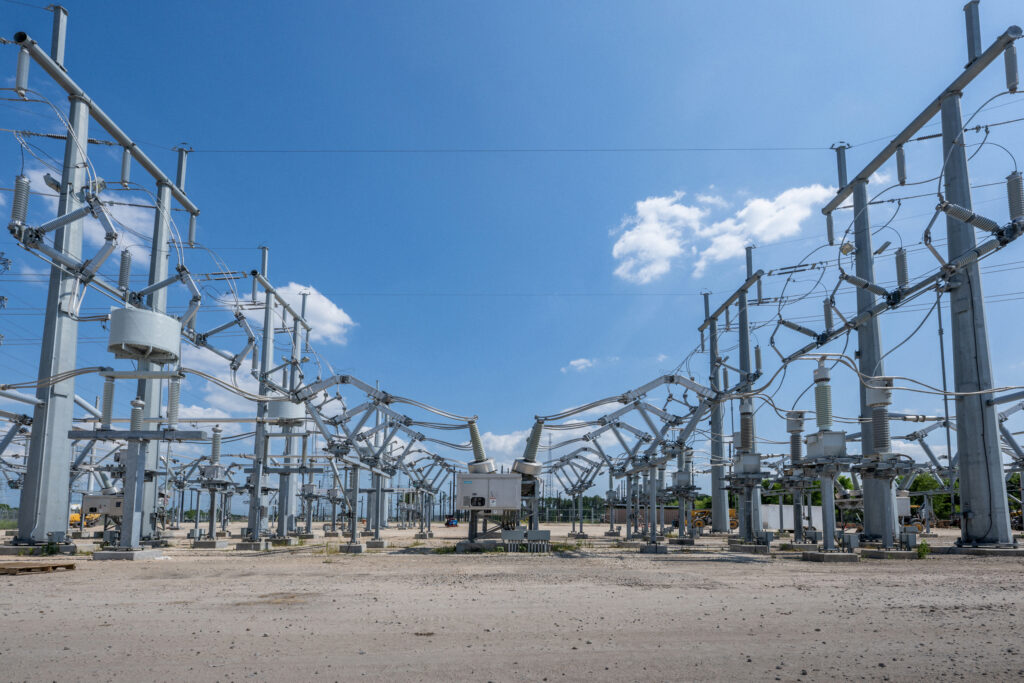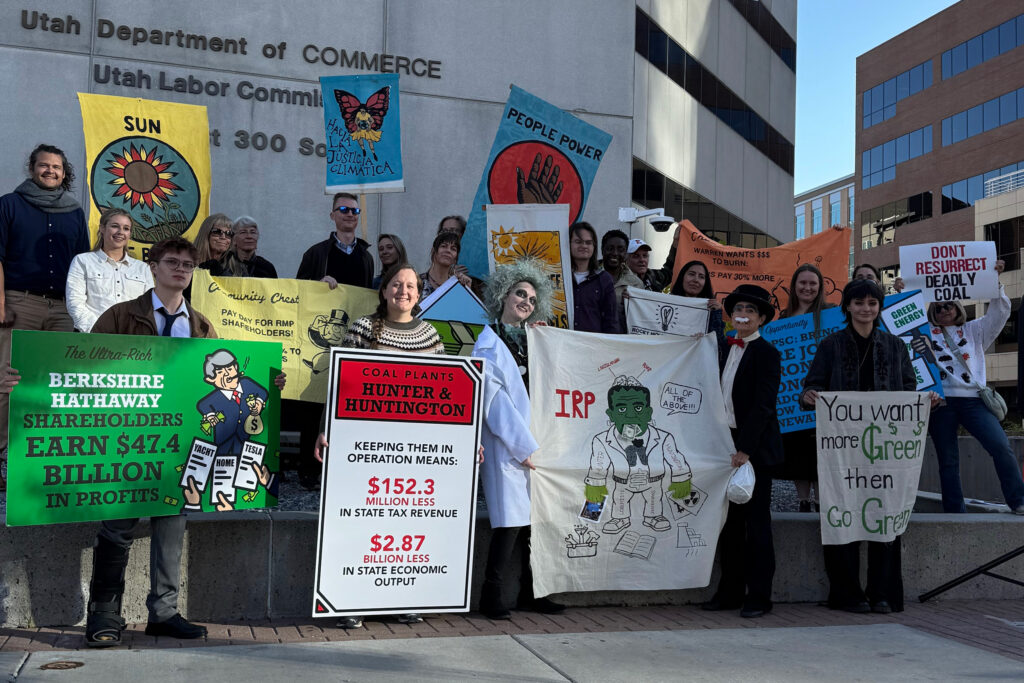There is renewed talk of a coal power comeback in the United States, inspired by Donald Trump’s return to the presidency and forecasts of soaring electricity demand.
The evidence so far only shows that some plants are getting small extensions on their retirement dates. This means a slowdown in coal’s rate of decline, which is bad for the environment, but it does little to change the long-term trajectory for the domestic coal industry.
In October, I wrote about how five of the country’s 10 largest coal-fired power plants had retirement dates. Today, I’m revisiting the list, providing some updates and then taking a few steps back to look at U.S. coal plants as a whole. Consider this the “before” picture that can be judged against the “after” in four years.
Some coal plant owners have already pushed back retirement timetables. The largest example, this one from just before the election, is the Gibson plant in Indiana, the second-largest coal plant in the country. It’s set to close in 2038 instead of 2035, following an announcement in October from the owner, Duke Energy.
We’re hiring!
Please take a look at the new openings in our newsroom.
See jobs
But the changes do not constitute a coal comeback in this country. For that to happen, power companies would need to be building new plants to replace the many that are closing, and there is almost no development of new coal plants.
That said, there have been some changes since October.
As recently as a few months ago, Southern Co. was saying it intended to close Plant Bowen in Georgia by 2035 at the latest. Bowen is the largest coal plant in the country, with a summer capacity of 3,200 megawatts.
Southern has since said it may extend the plant’s life in response to forecasts of rising electricity demand. Chris Womack, Southern’s CEO, confirmed this possibility when speaking at a utility industry conference in November, saying that the plant may need to operate for longer than previously planned because of demand from data centers.
Southern has not yet made regulatory filings that spell out its plans, but this will likely occur in the next few weeks, according to a company spokesman.
In October, I reported that the Gavin plant in Ohio was likely to get a 2031 date to retire or switch to a different fuel once the plant’s pending sale was completed. The person who shared that information with me was involved with the plans and spoke on condition of anonymity because the sale was not final.
Since then, the prospective buyer of the plant has said in federal regulatory filings that it has no timetable for closing the plant or switching to a different fuel. The plant is changing hands as part of a larger deal between investment firms, with Lightstone Holdco selling to Energy Capital Partners, or ECP. Another company, coal exporter Javelin Global Commodities, is buying a minority share of the Gavin plant.

I went back to the person who told me about the 2031 retirement date. They said forecasts of rising electricity demand, as well as the election of Trump, have created enough uncertainty about power prices and regulations that it makes sense to not specify a date.
The 2031 timeline, and its abandonment, makes some sense once you understand that the Biden administration finalized power plant regulations last spring that gave coal plant operators an incentive to announce a retirement date: Plants closing before 2032 faced no new requirements. That incentive is likely to go away as Trump plans to roll back power plant pollution regulations.
Gavin’s sale is still pending. Several parties have filed objections to the transaction with the Federal Energy Regulatory Commission, arguing that the sellers have not been clear enough about their plans.
An ECP spokesman said the company has no comment beyond its filings.
Other than the changes to plans for Bowen and Gavin, the outlook has not shifted for the rest of the plants among the 10 largest. The Gibson and Rockport plants in Indiana still have retirement dates, as do Cumberland in Tennessee and Monroe in Michigan, according to the plants’ owners.
The Amos plant in West Virginia, Miller in Alabama, Scherer in Georgia and Parish in Texas didn’t have retirement dates a few months ago, and they still don’t.
But the largest coal plants are only part of the story. Several dozen smaller plants are getting extensions of retirement plans, as Emma Foehringer Merchant reported last week for Floodlight News.
One example is the 1,157-megawatt Baldwin plant in Illinois, which was scheduled to close this year. Now the owner, Vistra Corp., has pushed back the retirement to 2027.
A few extra years of a coal plant is more of a stopgap than a long-term solution. When it comes to building new power plants to meet demand, developers are talking about natural gas, solar, nuclear and other resources, but I have yet to see a substantial discussion of building a new coal plant.
In Alaska, Gov. Mike Dunleavy has said the state may build two coal plants to provide power in remote mining areas, as reported by Taylor Kuykendall of S&P Global Commodity Insights. Flatlands Energy, a Canadian company, has also talked about building a 400-megawatt coal plant in Alaska, as Nathaniel Herz reported for Alaska Beacon. These appear to be early-stage plans.
The lack of development activity underscores how coal power is fading in this country, and has been for a while.
Coal was used to generate 16 percent of U.S. electricity in 2023, down by more than half from 2014. In that time, coal went from the country’s leading fuel for electricity to trailing natural gas, renewables and nuclear. (These and all the figures that follow are from the U.S. Energy Information Administration.)
The United States had about 176,000 megawatts of coal plant capacity as of October, down from about 300,000 megawatts in 2014.
The coal plants that do remain are being used less. In 2023, the average capacity factor for a coal plant was 42 percent. Capacity factor is a measure of how much electricity a plant has generated relative to the maximum possible if it was running all the time. In 2014, the average capacity factor was 61 percent.
This story is funded by readers like you.
Our nonprofit newsroom provides award-winning climate coverage free of charge and advertising. We rely on donations from readers like you to keep going. Please donate now to support our work.
Donate Now
Power companies are burning less coal because of the availability of less expensive alternatives, such as natural gas, wind and solar, among others. The think tank Energy Innovation issued a report in 2023 finding that 99 percent of U.S. coal-fired power plants cost more to operate than the cost of replacement with a combination of wind, solar and batteries.
The Trump administration will arrive in Washington with promises to help fossil fuels. It could extend the lives of some coal plants by weakening environmental regulations, which may reduce the plants’ operational costs. It also could repeal or revise subsidies that help to reduce the costs of renewables and batteries, making those resources more expensive.
I don’t want to minimize the damage that could be caused by those policies. But even in extreme scenarios, it’s difficult to imagine investors wanting to spend billions of dollars to develop a new coal plant, much less a fleet of them.
Other stories about the energy transition to take note of this week:
Biden Order Makes Federal Land Available for Data Centers: President Joe Biden has issued an executive order that could clear the way for data centers to be built on sites owned by the federal government, as Christa Marshall reports for E&E News. The order says the data centers would need to secure their own supplies of clean energy, but it doesn’t fully define what sources count.
Agriculture Department Releases $6 Billion for Rural Energy Projects: The U.S. Department of Agriculture has announced $6 billion in funding for rural electric cooperative utilities and others to build carbon-free electricity projects, as Keaton Peters reports for Canary Media. A news release from the agency says the money will go to entities that serve consumers in 30 states, including a long list of cooperative utilities.
Rooftop Solar Companies and Customers Raced to Install Panels Ahead of Trump’s Arrival: The rooftop solar industry is feeling some anxiety about the possibility that the incoming Trump administration will eliminate tax credits that help consumers to afford solar panels. One result is that some people rushed to complete installs in time to be sure that the credits were still available, as Jeff Brady reports for NPR.
BlackRock’s Exit from a Net-Zero Alliance Signals a Larger Shift on Wall Street: BlackRock, a giant in the world of investment management, has left the United Nations-backed Net Zero Asset Managers initiative, as Lamar Johnson reports for Utility Dive. The departure is part of a shift taking place with many large companies ahead of the Trump administration, and it follows years of criticism by Republicans of companies working to reduce emissions.
A San Francisco Program Aims to Decarbonize Buildings Without Hurting Low-Income Renters: A demonstration project in San Francisco’s Mission District is looking at how to reduce emissions from housing in a way that doesn’t put the properties out of reach for low-income renters, as Twilight Greenaway reports for ICN. The initiative is working in a few buildings to determine the costs of reducing the use of fossil fuels. That information can subsequently be used to do this work on a larger scale.
Inside Clean Energy is ICN’s weekly bulletin of news and analysis about the energy transition. Send news tips and questions to [email protected].
About This Story
Perhaps you noticed: This story, like all the news we publish, is free to read. That’s because Inside Climate News is a 501c3 nonprofit organization. We do not charge a subscription fee, lock our news behind a paywall, or clutter our website with ads. We make our news on climate and the environment freely available to you and anyone who wants it.
That’s not all. We also share our news for free with scores of other media organizations around the country. Many of them can’t afford to do environmental journalism of their own. We’ve built bureaus from coast to coast to report local stories, collaborate with local newsrooms and co-publish articles so that this vital work is shared as widely as possible.
Two of us launched ICN in 2007. Six years later we earned a Pulitzer Prize for National Reporting, and now we run the oldest and largest dedicated climate newsroom in the nation. We tell the story in all its complexity. We hold polluters accountable. We expose environmental injustice. We debunk misinformation. We scrutinize solutions and inspire action.
Donations from readers like you fund every aspect of what we do. If you don’t already, will you support our ongoing work, our reporting on the biggest crisis facing our planet, and help us reach even more readers in more places?
Please take a moment to make a tax-deductible donation. Every one of them makes a difference.
Thank you,

















